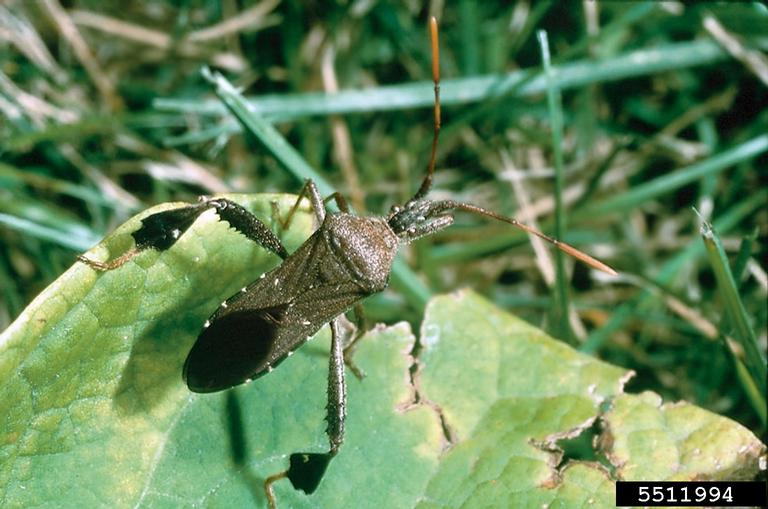Let's focus on the positive, though. Look at how healthy the cucumbers are. The leaves are broad and green and they are climbing up a cattle panel that I've positioned for them to grow vertically.
 |
| Cucumbers |
 |
| Made in the Shade |
There are lots of blooms and that lets you know that lots of cucumbers are on the way. Here is one below that is about four inches long right now. It is a Japanese Long Cucumber, so it will grow much longer. They are long, skinny and don't have many seeds. They are crisp and tasty and very refreshing to eat on a hot day.
 |
| Japanese Long Cucumber |
The vines of the cucumber send out tendrils. They look like springs and they reach out and grab onto the trellis and hold tight. The spring-like tendrils give the vines some flexibility when strong winds blow.
 |
| Spring Action |
Here is a very small cucumber of the Boston Pickling variety. These are small and crispy and as the name states, they are great for pickling. Last year we didn't pickle any. We didn't have a great crop of cucumbers for some reason and we ended up eating them all fresh with vinegar, salt and pepper.
 |
| Boston pickling cucumber |
In the morning there are tons of yellow flowers. Now it is important that we have bees and other pollinators doing their work at this time and we have some news to report on that. The honeybees that have inhabited the column near the side door to our house have recently packed their bags and moved out. The side entrance is now much more hospitable to our guests without a swarm of bees buzzing around, but we miss the bees. I enjoyed having them do their job pollinating in the garden and around the yard. Although I don't have the time nor desire to take up beekeeping, I'm going to ask a friend if he'd put a box of bees on our property to pollinate our crops. I need some worker bees to take the place of our bees that left.
 |
| Cucumber flower |
As I was observing the multitude of flowers, something else caught my eye - a bunch of bugs crawling all over the vines, tendrils, and flowers. Can you see them? They are orange, with long legs and long antenna.
 |
| Orange-colored bugs |
They were all bunched up on the top of one leaf. Usually there is safety in numbers, but in this case, it doomed them. They were in perfect position for me to reach my hands out underneath and on top of the leaf and with one swift clap, I smashed the bugs to smithereens. And it is a good thing I did. You know what kind of bugs these are?
 |
| A bunch of bugs |
These bugs are juvenile leaf-footed bugs. When they mature they look like this:
 |
| Image Credit |
If you look at their hind legs, you can see how they got their name. These bugs wreak havoc on tomatoes, stinging them and sucking out moisture, leaving the tomatoes scarred and ugly. They cause damage to citrus crops, too, stinging the fruit and causing it to drop. I've got to do my part in reducing their number, so we avoid the damage they cause. I'll patrol the garden and kill the juveniles before they grow up.

No comments:
Post a Comment